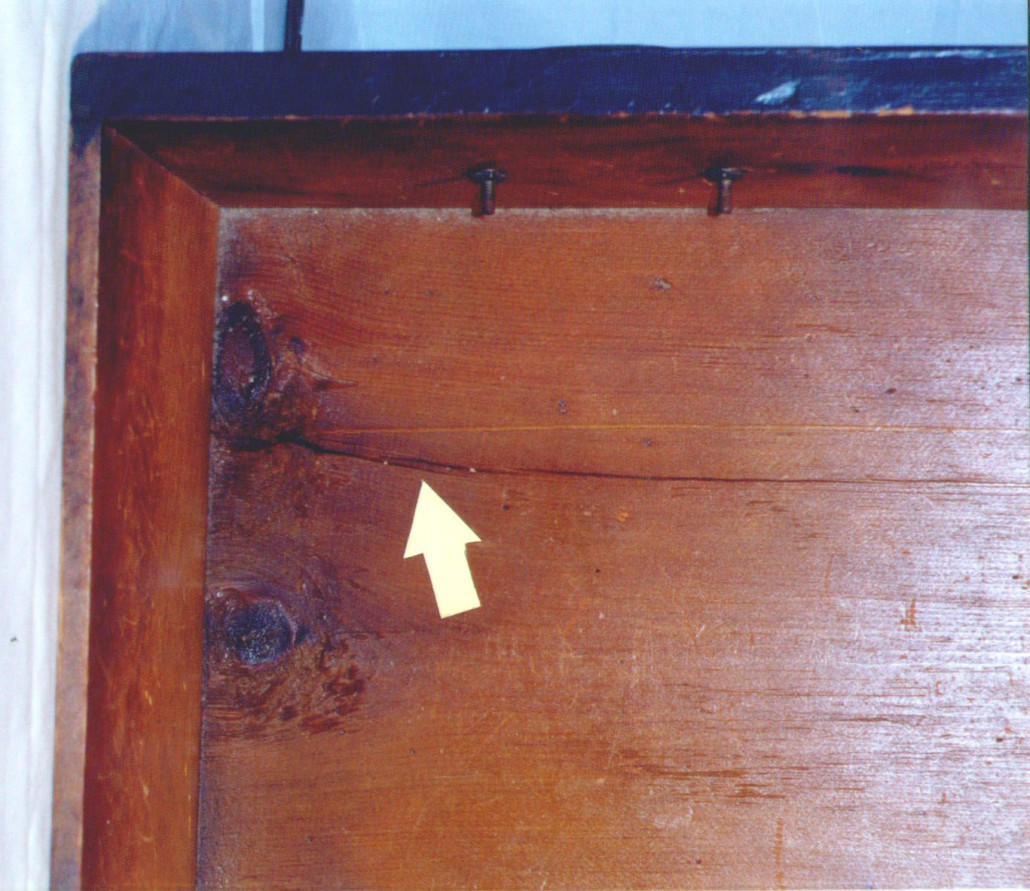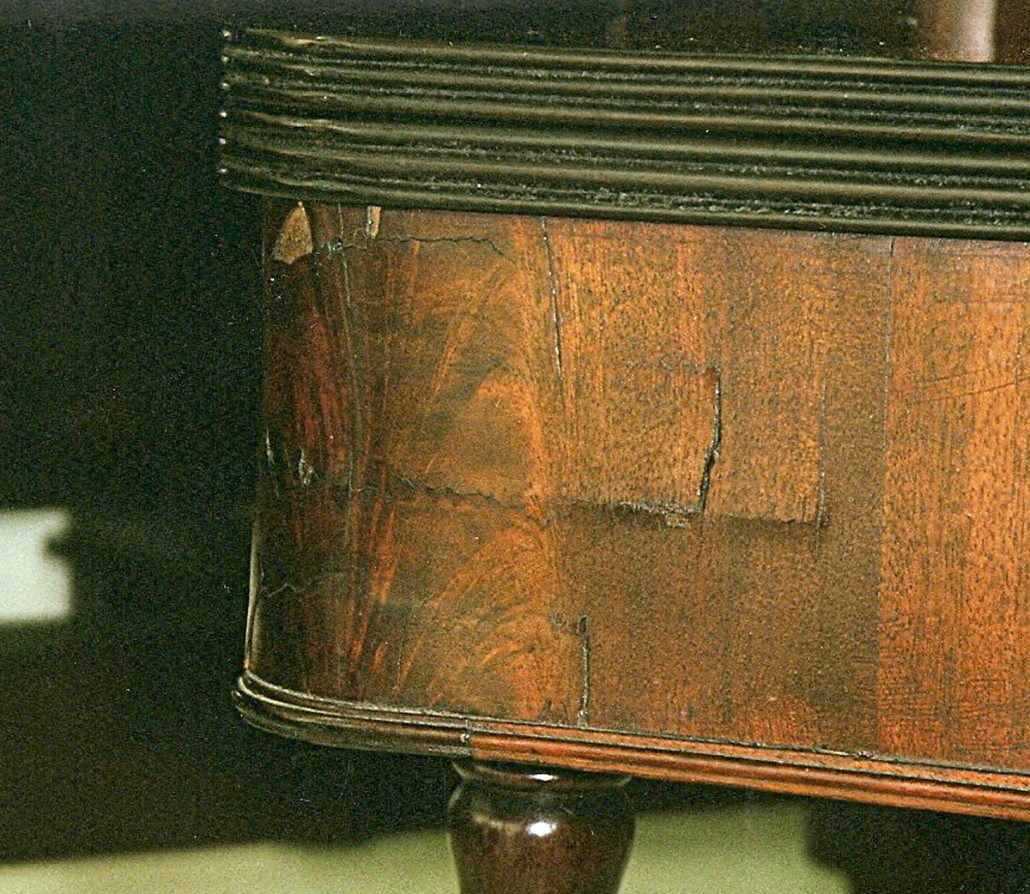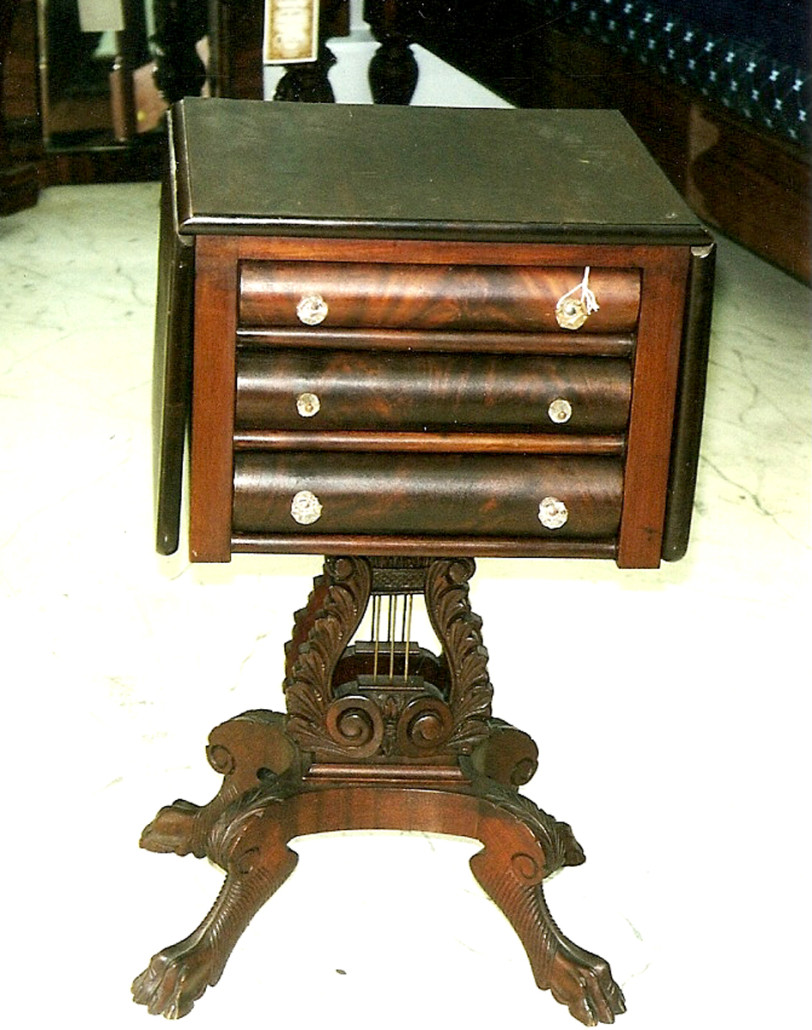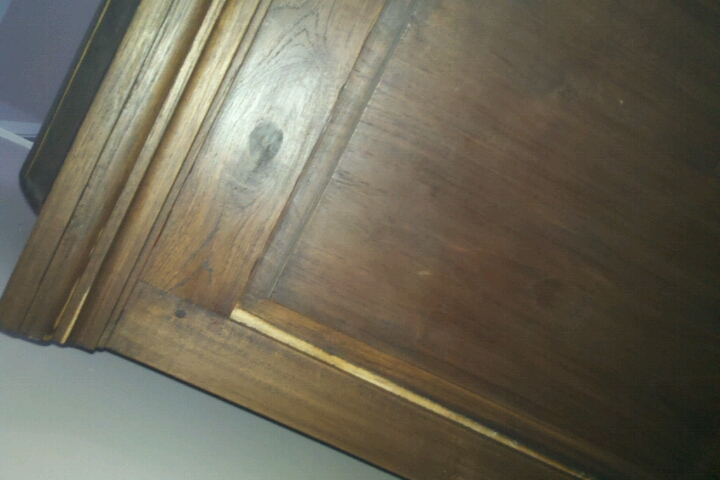
CRYSTAL RIVER, Fla. – The next time you visit a genuine antique furniture shop, pay particular attention to the concept of wood shrinkage. When a tree is felled it contains at least as much water as it does solids, 50 percent or more, and weighs more at that moment than it will ever weigh again. As the tree looses moisture over time it also looses dimension – it gets smaller.
When a tree is cut it is then dimensioned into large pieces of lumber to dry out or cure evenly so that it doesn’t warp or split. This is a time-consuming process in its natural state. Lumber from a walnut tree can take 20 years or more to cure stacked in open air curing barns but that seldom happens anymore. Virtually all lumber used today is kiln dried, force dried in ovens that can turn the curing time from years to weeks or even days. But even then the wood is not totally dry. Some residual moisture content is desirable for workability concerns, usually around 7 percent for cabinetmaking.
Seasoned, or cured, wood is extremely stable and, if reasonably protected and finished in some manner, will remain intact and in place for many years. But even seasoned, finished wood is susceptible to the vagaries of the atmosphere and this is where we are awarded a valuable clue to the possible age of a piece of antique furniture.
Any piece of wood, sooner or later will shrink and not just shrink but shrink in a predictable pattern and direction. Think of a single board with any set of dimensions – length, width and thickness. Over time that board will shrink in two dimensions, width and, to a lesser degree, thickness. It will not shrink in its length. It shrinks across the grain pattern, width and thickness, not with the pattern, length. Knowing this little fact can often help distinguish a genuine period piece from a reproduction made of old wood.

So where is this shrinkage evident in a piece of furniture? Almost every place you look closely enough. One of the more common places is in the drawer bottoms of older pieces made before plywood became the order of the day in the late 19th century.
Examine the bottom of a mid 19th century American drawer, which is most likely made of poplar. If the bottom is made of two pieces of wood, there probably is an almost imperceptible space between the two boards. If the bottom is a single plank, look at where the bottom is fitted into the slot in the drawer front. This joint is usually not nailed together so that the bottom doesn’t split as it shrinks. Instead the front edge tends to drop out of the slot when the drawer is fully loaded because there is less of the drawer bottom in the slot due to shrinkage. The fix is to remove the nails from the rear joint, slide the bottom panel forward and renail the rear (hopefully using the original nails).
The drawer bottom shrinkage is even more visible in English pieces of the same age or older because most bottom panels there are made of very thin, brittle oak, which shows more of tendency to crack than does the more resilient poplar.

Another place to look for shrinkage is in solid round tops, such as frequently seen in 18th century tea tables. Rest assured that the top was in fact perfectly round when it was made but a quick measurement today will almost always reveal an oval shape, the result of shrinkage across the grain in the top.
Another obvious place for shrinkage is in the breadboard ends of tabletops and drop-front desk lids. These are the boards installed at a 90-degree angle to the main top or deck to keep the surface from warping. But at that angle it also shrinks in a different direction. The “breadboard” will always be longer than the main surface is wide because it does not shrink lengthwise while the main deck shrinks across its width.

Other places to see shrinkage are at the tops and bottoms of solid side panels on older case goods, the miter joints in cabinet doors and, interestingly enough, in the bulb or vase turnings of table pedestals. Even turned pieces shrink across the grain and you verify this again by some careful measurements with a set of calipers. If the piece you are examining is truly old, the round turns will not be round at all but will be oval, just like the round top of the tea table, because of shrinkage across the grain.
So how does all this help us identify the reproduction (or fake if you will) that is made of old wood that has all the right oxidation, color and patina? The piece is made of old wood that has already had several hundred years of shrinkage in it before it was cut to make the “new” old piece. It will not demonstrate any of the shrinkage in the joints or panels where it should because it, like most good jeans today, is “preshrunk” already.
_____
By FRED TAYLOR
Send comments, questions and pictures to Fred Taylor at P.O. Box 215, Crystal River, FL 34423 or email them to him at info@furnituredetective.com. Visit Fred’s newly redesigned website at www.furnituredetective.com and check out the new downloadable “Common Sense Antiques” columns in .pdf format.
His book How To Be a Furniture Detective is available for $18.95 plus $3 shipping. Send check or money order for $21.95 to Fred Taylor, P.O. Box 215, Crystal River, FL, 34423.
Fred and Gail Taylor’s DVD, Identification of Older & Antique Furniture ($17 + $3 S&H) is also available at the same address. For more information call 800-387-6377 (9 a.m.-4 p.m. Eastern, M-F only), fax 352-563-2916, or info@furnituredetective.com. All items are also available directly from his website.



